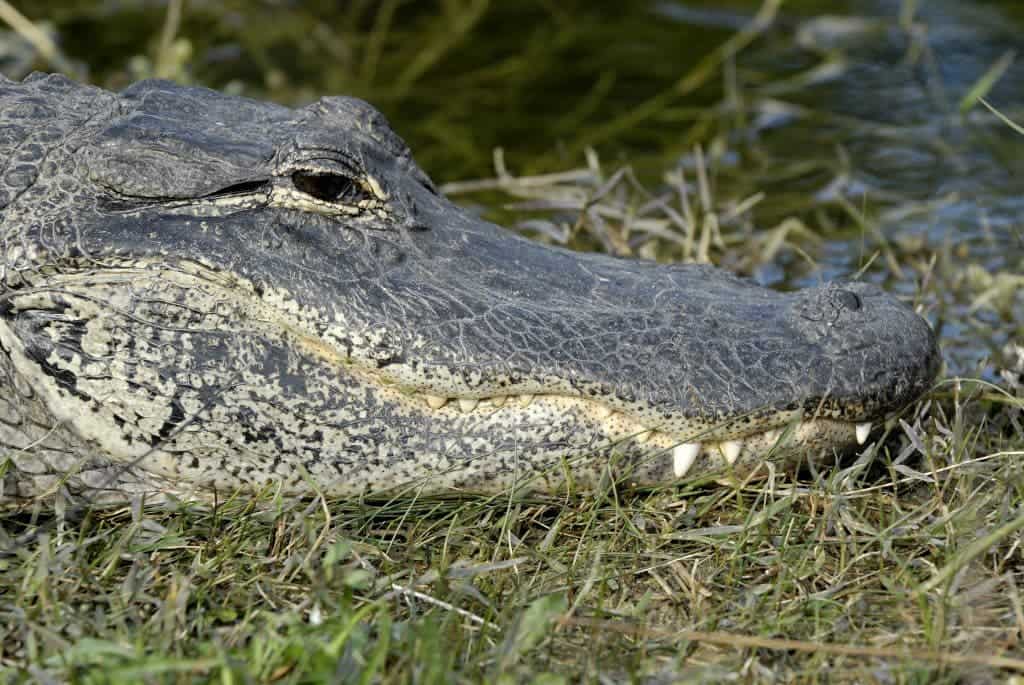Breeding birds and alligators have developed an unlikely partnership, where the birds build their nests on alligator territory for protection.

For many bird species, nest predation is one of the biggest threats. An association between bird nests and alligators had been reported before, but researchers proposed it’s alligators that like to stick around nests, eating dropped chicks, which are chicks ejected from the nest when a bird lays more eggs than they can raise. Lucas Nell from the University of Florida and colleagues believe it’s the other way around.
In this study, the authors compared the body condition of ~40 female alligators living with and without long-legged wading bird nesting colonies in similar habitat in the Everglades, Florida. They found that alligators living close to nests exhibited better body condition, and propose that they actually feed on mammals attempting to eat the birds’ eggs.
“Our study is the first to demonstrate a mutually beneficial relationship between nesting birds and a crocodilian: nesting wading birds provide nutrition for alligators that, by their mere presence, create predator-free space for birds. Crocodilians and nesting birds co-occur throughout the tropics, so these may be globally important ecological associations.”
They also found that the body condition of alligators found near wading bird nesting colonies was higher than those in similar habitat without active colonies, independent of a range of environmental variables. This doesn’t rule out alligators feeding on ejected chicks, but it seems to indicate that the interaction is much more complex than previously thought.



